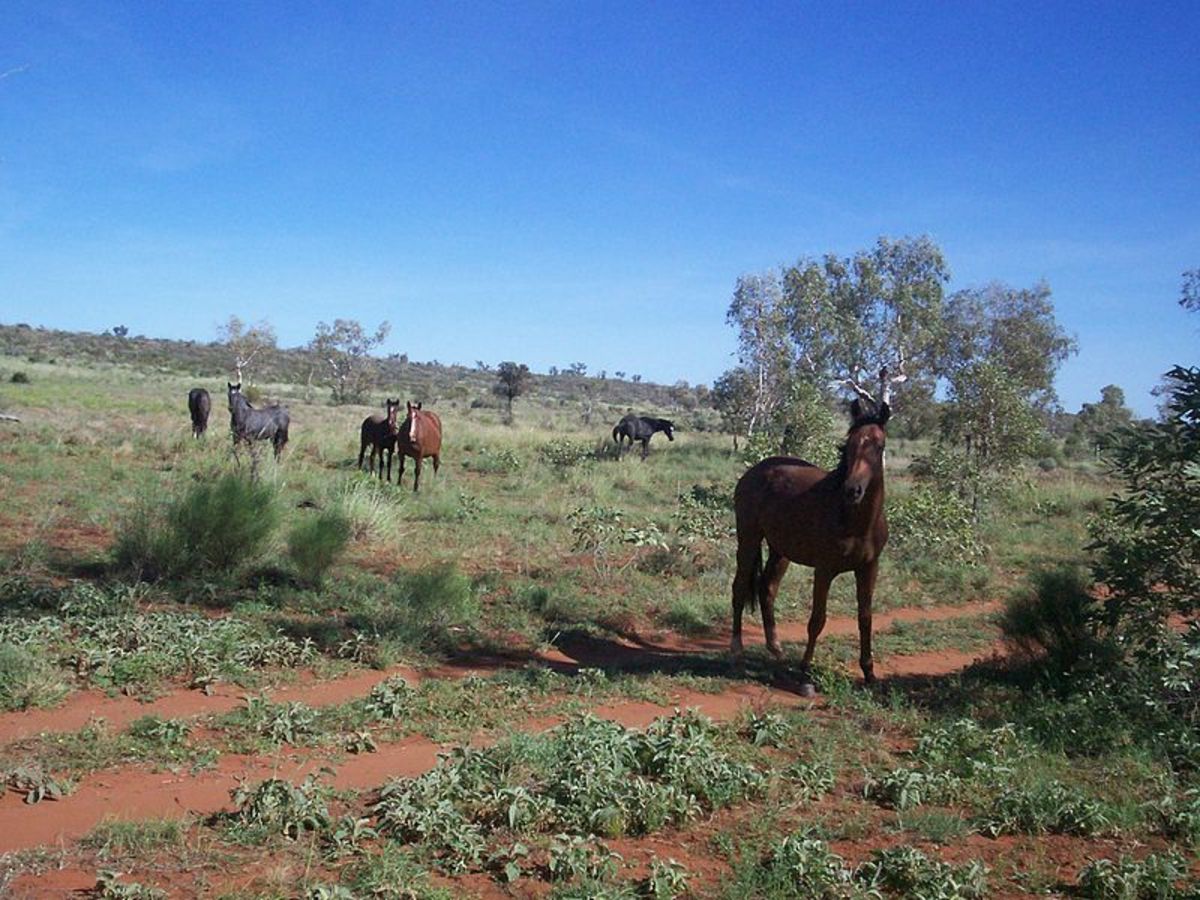Mining companies in Australia

Mining in Australia-The major pre- election issue in 2010 was the Super Profits Rent Resources Tax. Over the last five years or so the price that Australia get so for its commodities such as Ire Ore, copper, Aluminium, Bauxite Uranium and other minerals has risen way about the rate of inflation. Principally driven by the capitalisation of China China now such up from Australia all the minerals we cans supply and then some. As a result mining companies now run 24/7 in some states such as Queensland and Western Australia in particular. The issue the federal government has is that these companies are now multi-nationals and as such they extract our resources then sent the profits to the owners offshore. The minerals are a finite source and as such belong to all Australians. The government believes that Australians are entitled to a greater share of the profit that it derives art the moment. Rent-seeking' takes strange forms in remote Australia, where State Governments collect resource royalties and underdeveloped the very same regions from where the royalties are derived. In other words the regions that where mines exist have long been starved of funds for essential infrastructure for the population. As well essential services such as medical and educations for local communities in and around mining towns have been sadly lacking in many cases non-existent. Community Centre too have lacked resources as with other activities. Kevin Rudd's plan to tax excessive profits was meant to address these issues and by ploughing back funds back in those communities that have been so lacking resources for so long. These are mainly Aboriginal Communities and for a long long time were a neglected part of Australians Community. As a result Aborigines faced massive health and educational disadvantages which exacerbated the discrimination they received when it cam to making a living and securing employment and housing.
Proponents of the Tax would say that the mining companies have ignored Aborigines for decades on only when it came under fire through the High Court Mabo decision did mining companies start to negotiate treaties with the aboriginal reserves.
The mining lobby continue to contend that the so called super tax may also force companies to halt proposed projects and project expansions because the tax will bring them to the financial tipping point. They arrive at this but is this just an ambit claim or is their justification for their stance. remember lots of them do not actual produce goods from nothing they are just extracting the resource from the earth. Don the Australian community deserve some compensation for this. Once its gone its gone forever.
Where Aboriginal people have agreed to mining projects in formal settlements, such as Native Title Indigenous Land Use Settlements, we find that in some cases a remarkable change has occurred in the circumstances of the local Aboriginal populations for the better. Rio Tinto Ltd, for instance, now employs a large indigenous workforce;
Ten years ago, Aboriginal employment in the mining industry was minimal. The change in the proportion of Aboriginal employees in the company is a radical change, not just to the ethic makeup of the workforce, but to the culture of the workplace itself. This has come about through the process of negotiating settlements with Aboriginal people that recognise their attachment to land, their ongoing cultures and their socioeconomic circumstances. This new culture in Rio Tinto Ltd, and increasingly in other companies, has ended the historical practice of marginalising Aboriginal people and treating them as an 'obstacle to development.'
Further, it has become clear, that the workers who stay the longest are the Aboriginal employees, and this is precisely because of the attachment to country. This makes the investment in Aboriginal training and employment readiness worthwhile as a financial investment.
In comparison, the remainder of the workforce is far more mobile. But this is not always the case.
Karratha and Roeburne are neighbouring settlements, one a port and mining dormitory town on the coast of the southern Pilbara region of Western Australia; the other an old town, half an hour inland, where most people are Aboriginal.
Karratha has new brick houses, tree-lined streets, substantial amenities, a motel, shopping centre, restaurants and tennis courts. Roeburne is old, dusty, and showing signs of years of neglect: broken fences, potholes, weeds and flaking paint. Here and there a well-kept house and garden appear incongruously among the other homes.
A TAFE college, a few offices and a basketball court signal that someone decided to spend some state money in Roeburne, rather than concentrating all new investment in Karratha.
The disparity between these towns is accelerating, and it is driven by the mining boom. In Karratha, everyone who wants to work has a job. In Roeburne, few people have the skills and education to join the fast-paced industries transforming the area. It is not just Aboriginal people or the residents of Roeburne who are falling behind.
Anyone who lives in a mining province but does not work for a mining company is disadvantaged in important ways: their income is much lower, yet they must pay the same exorbitant housing, food and services costs, thanks to the localised inflation brought about by the boom.
Not for the first time in Australian history, Aboriginal people and disadvantaged settlers are sharing the pain of the city-bush divide. Now, however, their shared disadvantage is a looming economic and national social policy problem that cuts across the conventional accounts of the 'tyranny of distance' and, in increasingly complex ways, the effects of the mining boom.
The mining regions are the source of enormous revenue, yet their residents are disadvantaged and deprived of services. Because Australia is a wealthy, developed nation with a robust and well-managed economy, the policy problem has been disguised. Put bluntly, the state governments are rent-seekers, eager to extract benefit, slow to put anything back.
The contrast of Aboriginal poverty on the edges of the mining towns with the wealth of the mining workforce, despite the increasing numbers of Aboriginal people entering that workforce, is stark.
Historically, local Aboriginal people were excluded from working in the industry. More recently, the corporate resolve to employ Indigenous workers has done little to improve conditions - economic growth for Aboriginal people is declining relative to the population, life expectancy is in the mid-50s for men and early sixties for women, dependence on government support remains high, and the relative well-being of Indigenous people living adjacent to major long-life mines is similar to that elsewhere in regional and remote Australia.
While the regional Pilbara labour market has grown in size and complexity, Indigenous participation has remained marginal. Over the past 30 years there has been a shift from reliance on pastoral industry for employment to dependence on government through work-for-the-dole.
Over this time the trade skills of young people have not improved. This is conspicuously similar to resource curse conditions in the developing world. The low levels of Aboriginal education and skills, combined with racism, poverty, poor housing, and high levels of morbidity and mortality, have contributed to low levels of participation, far below parity, 'across the full range of activities associated with the region's key economic sectors'.








